Transverse abdominis muscle
Table of Contents
Introduction:
The transverse abdominis (TrA) muscle is the deepest of the six abdominal muscles. It extends between the ribs & the pelvis, wrapping around the trunk from front to back. The fibers of the muscle run horizontally, similar to a back support belt. In this way, along with providing postural support, the transverse abdominal muscle helps to contain & support the organs located inside the trunk.
TrA is one of the main core muscles that support of the lumbopelvic region.
Origin of Transverse abdominis muscle:
The muscle origins from:
a. The lateral 1/3 of the inguinal ligament.
b. The anterior 2/3 of inner lip of the iliac crest.
c. The thoracolumbar fascia.
d. The inner surface of the lower 6 costal cartilages.
Insertion of Transverse abdominis muscle:
The fibers end in broad aponeurosis which is inserted into the linea alba, xiphoid process, the pubic crest, & the pectineal line of pubis.
The lower fibers of the muscle fuse with the lowest fibers of an internal oblique to form an conjoint tendon.
Nerve supply:
Muscle supplied by lower 6 thoracic nerves & the first lumbar nerve.
Blood supply:
Receive blood supply from the lower posterior intercostal & subcostal arteries, superior & inferior epigastric arteries, superficial & deep circumflex iliac arteries, posterior lumbar arteries.
Action:
The action of this muscle are :
- act fot the support of abdominal viscera.
- helps in expulsive acts such as micturation, dafaecaton, parturition, vomiting etc.
- helps in producing forceful expiration like in coughing, sneezing, blowing, shouting, etc.
- helps in trunk movement mainly in rotation.
Function of Transverse abdominis muscle:
The muscle plays an important role for maintaining proper placement of the abdominal contents as well as helping support the lower back.
Maintain abdominal tension & support abdominal viscera.
It increase intra-abdominal pressure which is helpful in forceful expiration, coughing, defecation.
Support lumbopelvic during our movement, in concert with other core muscles.
Unilateral action: ipsilateral trunk rotation.
Clinical importance:
A weak transverse abdominis may cause the low back pain. When the TrA is weak, it is unable to do stabilizing the pelvis & spine. It creates postural instabilities which can be a cause of pain in the lower back.
Typical signs of a weak transversus abdominis are toned abdominals above the navel but having a bulge below it. The patient may experience an inability to hold in the stomach after having a large meal or when gassy, low back fatigue after prolonged standing or walking.
Transverse abdominis is a deep abdominal muscle & an important core muscle. Inhibition or inadequate activation contributes to low back pain & lumbar instability.
Abdominal trigger points may be a primary cause of abdominal pain or an associated /secondary condition.
The costal attachment of transversus abdominis refers pain on the anterior abdomen, xiphoid process it’s local pain.
The suprapubic attachment refers pain inferiorly and medially.
If there is a trigger point patient may be present with distressing cough
Exercise of Transverse abdominis muscle:
While the transversus abdominis is hard to isolate on its own, so many exercises can help to engage it & surrounding abdominal muscles to help build a strong core.
It is an important muscle & needs to be incorporated in overall core strengthening.
The transversus abdominis is a ‘corset’ muscle, so when it contracts it pulls inward, rather than flexing the trunk forward or bending the spine like in a crunch.
Exercises that engage the transversus abdominis are mostly stabilization exercises, which require to hold the body in a certain position for a period of time & may also include moving the extremities in a slow, controlled fashion.
1. Hollow body hold:
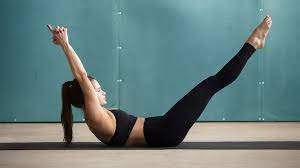
The hollow body hold is a great exercise to test your core strength & target your transversus abdominis.
Lie on the floor with the arms straight above the head & legs together on the floor.
With the core engaged & legs together, point the toes & lift legs around 12–18 inches (30-46 cm) off of the ground.
Slowly lift the shoulders off of the ground so that the lower back & hips are the only body parts touching the ground. Keep the neck in a neutral position with your chin slightly tucked in to prevent strain.
Hold this pose for 15–30 seconds, with the core engaged.
Tip: To know is there exercise practicing is in proper form, your body should look like the shape of a banana.
2.Dead bug:
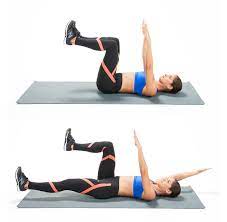
The dead bug exercise is a great exercise for core engagement & great for those who struggle with balance.
Lie on the back with the arms extended up toward the ceiling & knees bent in tabletop position (knees bent at a 90-degree angle & shins parallel to the ground).
With core engaged, straighten the left leg (toes pointed out) & lower your right arm to reach behind the head, parallel to the floor. Do not let the arms or legs touch the ground, keep them around 6 inches (15 cm) from the ground.
Return the arm & leg to the starting position & alternate sides.
Repeat this for 30–60 seconds.
3.Bird-dog:
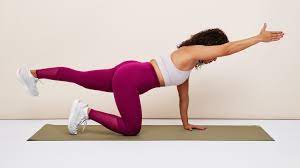
The transversus abdominis is engaged when you move your arms & legs. The bird-dog requires you to lift the opposite arm & leg while maintaining balance, which targets your deep core.
Start on all fours with the knees aligned with the hips & shoulders aligned with the hands. Be sure the back is flat & your neck in a neutral position.
Extend the left arm forward & the right leg back while leaving the other arm & leg on the ground for support.
Hold for 2–3 seconds, making sure to engage the core the entire time. Then, alternate sides.
Repeat this 8–12 times.

4.Plank:
The plank is a great exercise for being well-rounded core strength. As you perform this exercise, focus on drawing the abdominals inward.
Start in pushup position with the elbows & forearms at the side & the palms facing down.
Push the hands into the ground & raise the torso off of the ground. The body should look as if you’re in the upward position of a pushup. Ensure the hands & shoulders are aligned, the legs are straight, the feet are hip-width apart, & your core is engaged.
Hold this position for as long as you can while maintaining proper form & keeping your core engaged.

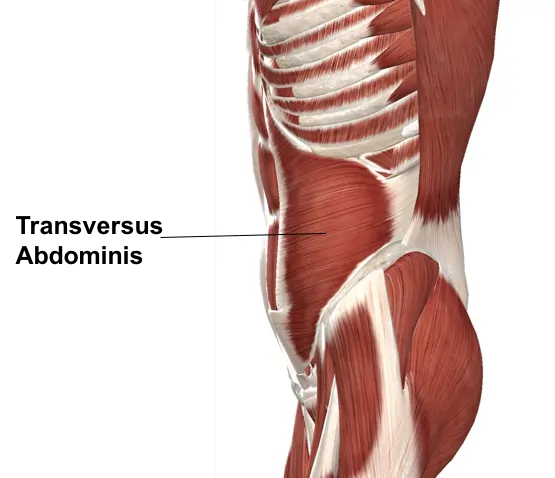
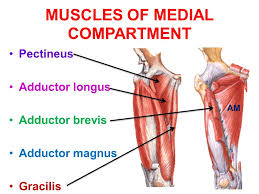
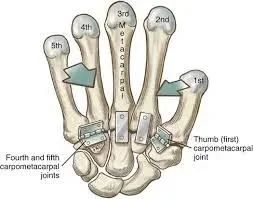
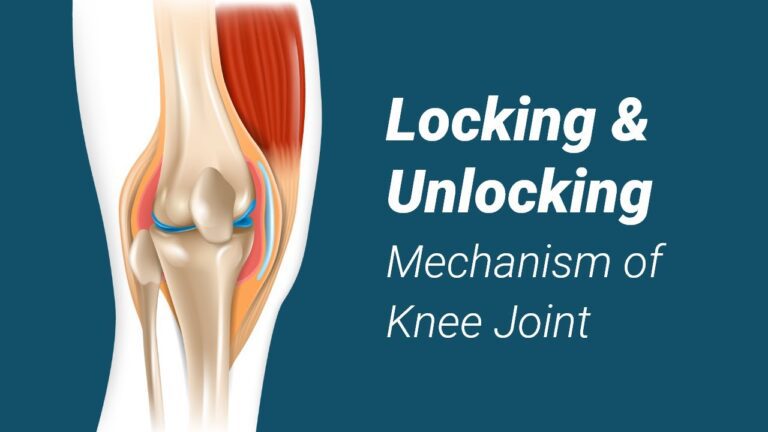
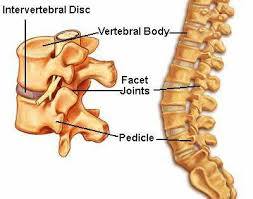
11 Comments